The 1945 Newbery, Robert Lawson’s Rabbit Hill, tells the tale of a community of wild animals that live near a vacant farm house. They receive news that a new family is moving in that spring. Rumors are that the new family are farmers, and times of plenty may be around the corner for the collection of rabbits, moles, mice, skunks, deer, foxes, squirrels, raccoons, ground hogs, and pheasants—if the family doesn’t have a spry cat or a hunting dog.
It was such a sweet book, much in the spirit of Kenneth Grahame’s 1908 Wind in the Willows, Beatrix Potter’s 1901 The Tale of Peter Rabbit, or E.B. White’s Stuart Little which came out about the same time as Rabbit Hill in 1945, or Charlotte’s Web a few years later in 1952. In school, I read Lawson’s 1939 book Ben and Me: An Astonishing Life of Benjamin Franklin by His Good Mouse Amos and remember liking it quite a bit.
What I liked. Robert Lawson also does a lovely job giving the animals voices. They have accents and dialects. They sing. They put on airs (like Father Rabbit) and are down home (like Uncle Analdas). It’s a short little book, fairly straightforward, perhaps like the life of a rabbit might be for four months. But it’s fun, especially if you were getting ready to garden yourself. I loved the description of the vegetables by Willie Fieldmouse:
“There’s radishes,” Willie recited, ticking them off on his claws, “carrots, peas, beans—snap and lima—lettuce—“
“Peavine and lettuce soup,” sighed Mother happily.
“Corn, spinach, kale, turnips, kohl-rabi, broccoli—“
“Don’t hold with them foreign vittles,” Uncle Analdas grumbled, but was hushed by Mother, and Willie went on, “Celery, rhubarb, potatoes, tomatoes, peppers, cabbage—red and white—cauliflower, raspberries—black and red—strawberries, melons, asparagus—and that’s all I can remember—oh yes cucumbers and squash.” (p. 85).
Now that is a garden!
What was interesting/Why I think it’s a Newbery. For me, reading about spring coming to Massachusetts was sweet as winter stretches on here, snow blowing and naked trees shaking. The warmth of spring and gardening and the list of all the vegetables was a welcome escape. And I think that in the time that it was written, right as WWII was finishing up, it was a sort of escape too. We leave the patriotic myths and legends that were popular in the years before and during the early years of the war, and return to a bucolic existence.
In fact, the book is remarkably peaceable. The usual struggle between farmers and wildlife, rabbits stealing carrots and deer decimating young crops, is markedly absent. The farmers are so kind to the animals, first because they are there farming at all, and then because they leave burrows alone, and finally because they nurse Little Georgie the rabbit back to health after an automobile accident, that the animals consciously leave the farm alone. And the farmers respond in the final scene by putting up a lovely statue of St. Francis (the patron saint of animals and care of animals) and leaving all manner of birdseed and other offerings there for the animals. Pacifism is even present among the animals.
What were some limitations. I am not sure I would call this a limitation, but it was a little short and most chapters had a different narrative point of view, so we never really got to know one main character all that well, even Little Georgie. But I think it was the nature of the book, just a sweet, quick sweep of the forest animals. I read it in one sitting (or standing, rocking a baby in an ergo who didn’t really want to nap, but needed to anyway).
Similarity to other Newbery winners. The focus on animals was a little bit like Dr. Dolittle, or Gay-Neck the Pigeon, or later Newberies like Carolyn Sherwin Bailey’s Miss Hickory, or Robert C. O’Brien’s Mrs. Frisby and the Rats of NIMH, or Arnold Lobel’s honor winning Frog and Toad Are Friends. Also, Robert Lawson is the only person to win both the Newbery and Caldecott Medal (He won the second, the 1938 Caldecott for Four and Twenty Blackbirds.)
What it teaches me as a writer. It’s such a great reminder that setting, really loving the outdoors and letting your readers experience them, along with giving a wide cast of characters rich and vibrant voices, is one of the reasons that we can fall in love with books, and wish that we could just crawl inside them and sit down to a lovely summer dinner under the pine trees.
Have you read Rabbit Hill? What are your favorite farm animal books?
*Note* This post contains Amazon affiliate links, which means if you were to buy a book, I’d get a tiny commission at no cost to you. Thanks for supporting Stories & Thyme!*
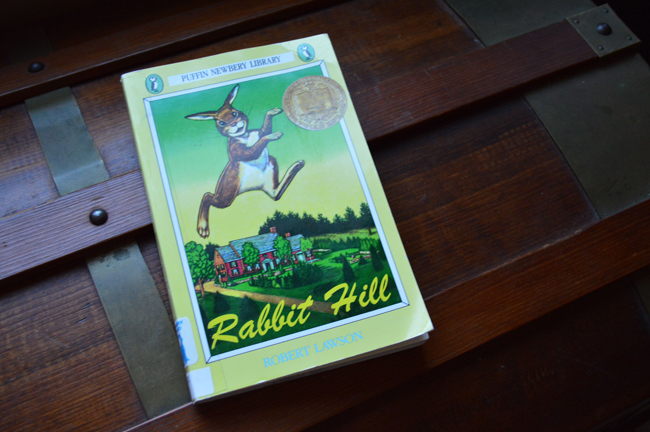
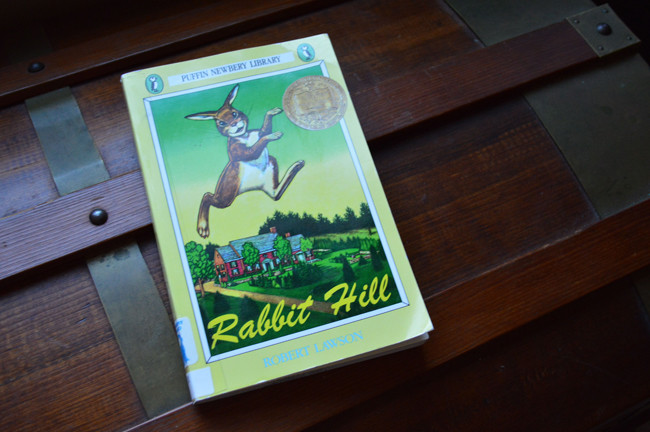
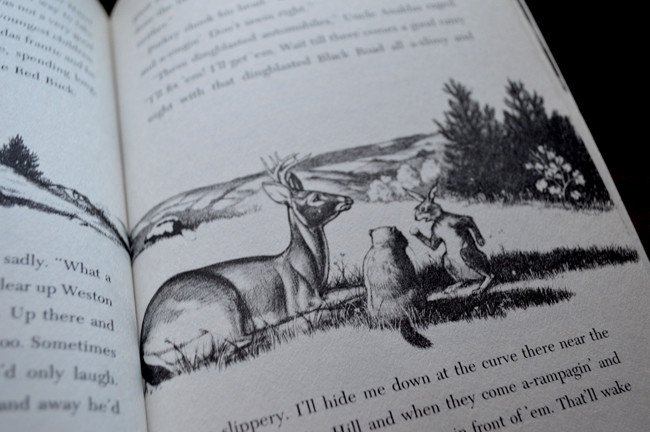
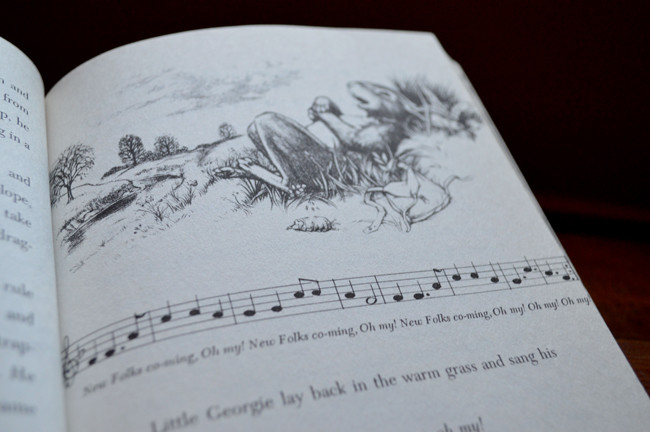

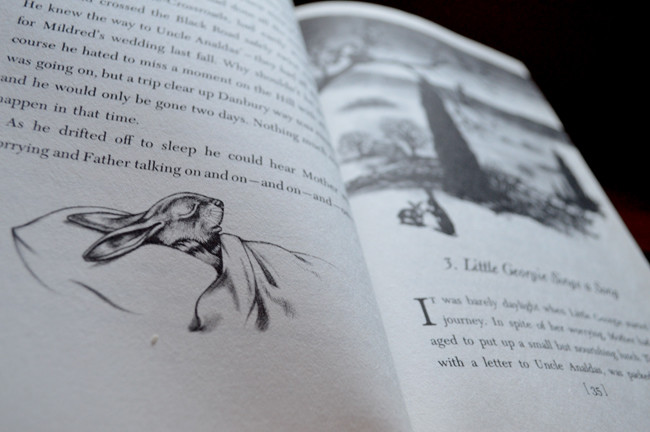

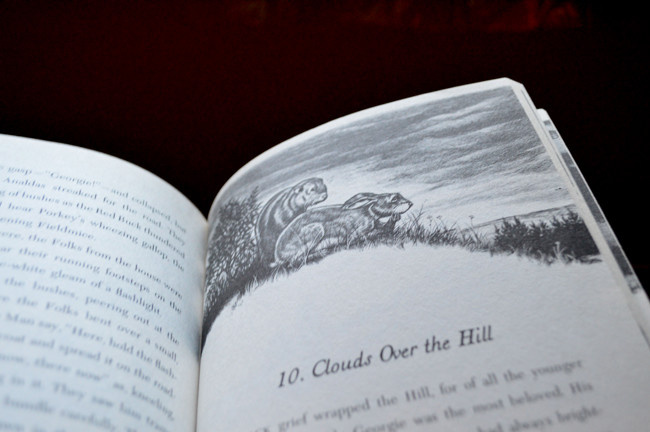

I LOVED this book as a girl!
It was such a fun book! I’m hoping it’s a sign that the Newbery’s are going to get to be more fun from here on out!